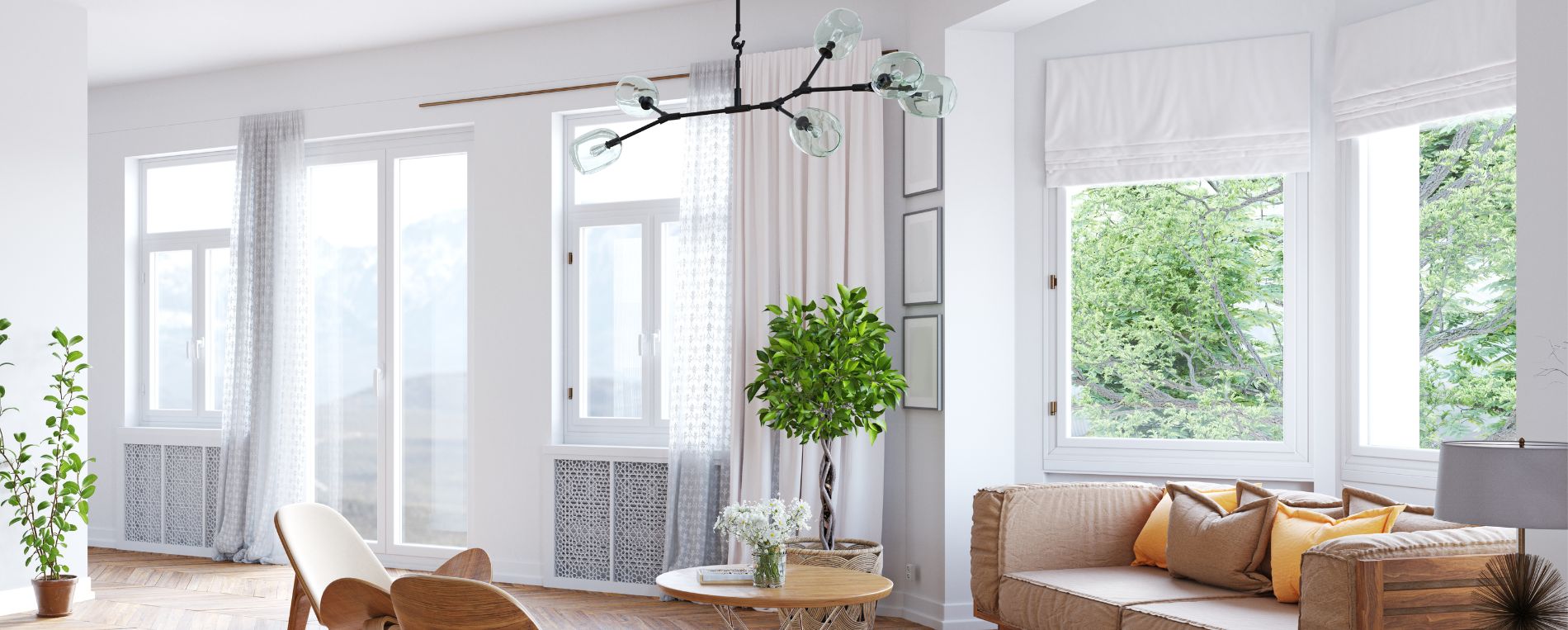Here you can find the advice you’ve been searching for (hopefully). The tips below provide suggestions that can help you ensure you get the most out of your window blinds and shades.
Choose the right blinds to block out light
There’s a difference between room darkening shades and coverings that deliver near blackout conditions. Generally speaking, the type of material used will be the main influencing factor. Usually the thicker it is and the more opaque it is, the better it will block sunlight and darken the room. As for UV protection, naturally, if visible light can’t get in then ultraviolet rays won’t travel inside either. However, that doesn’t mean that if you have sheer shades they won’t block UV light. Many materials do provide some percentage of UV protection, often a high one. So if that’s what you’re looking for, know that it is definitely an option. Sheer shades will definitely be worth exploring if that’s the case.
Consider blackout shades to reduce heat
Technically, even if that’s not their original intention, roller shades (for example) with room darkening capabilities, can lower heat to an extent. They can block sunlight which is a major source of heat. However, drawing the shades can also create a stuffier atmosphere inside the room, depending on the fabric. Cellular shades are usually considered the go to option for those seeking enhanced thermal efficiency from their window shades.
Roller shades can provide complete blackout
It all depends on the fabric and whether or not they’re custom made to fit the dimension of the window. Custom made roller shades that utilize an opaque fabric that blocks sunlight well, will have no trouble helping you achieve blackout conditions inside the room. The sheerer the material, the less darkening effect the coverings will have. Consult with us to ensure you’re getting the type of fabric for your needs.

